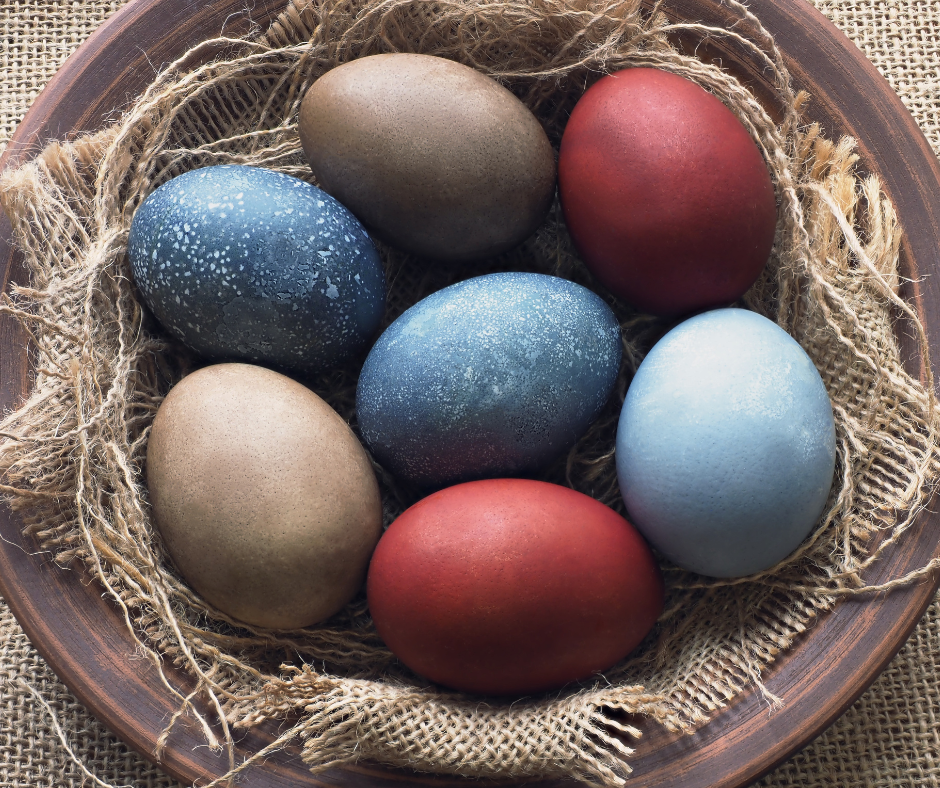Easter, with its celebration of resurrection and new life, has deep connections to ancient pagan traditions, particularly those of the spring equinox. Step back in time with me as we unravel the layers of history woven into this vibrant tapestry of celebration.
-
Spring Equinox: A Time of Rebirth The origins of Easter can be traced back to pre-Christian times when ancient civilizations celebrated the arrival of spring with rituals honoring fertility, renewal, and rebirth. The spring equinox, typically around March 21st, marks the day when the hours of light and darkness are equal, symbolizing the balance between light and dark, life and death.
-
The Goddess Ostara In Germanic paganism, the goddess Ostara (or Eostre) was worshipped as the embodiment of the dawn and the fertility of spring. It’s from her name that we derive the word "Easter." Legend has it that Ostara once saved a bird whose wings had frozen in the winter snow by turning it into a hare. To show her gratitude, the hare would then lay colorful eggs as gifts.
-
Eggs and Fertility Eggs have long been associated with fertility and new life in various cultures around the world. Ancient Egyptians, Persians, and Greeks all incorporated eggs into their spring festivals as symbols of rebirth. The tradition of decorating eggs predates Christianity, with intricate designs adorning eggs as offerings to the gods and tokens of good fortune.
-
The Hare and the Moon In addition to eggs, the hare (or rabbit) has its own rich symbolism in pagan folklore. Revered for its fertility and association with the moon, the hare often appears alongside goddess figures in mythology. In some traditions, the hare symbolizes transformation and the cyclical nature of life, echoing themes of resurrection and renewal.
-
Christian Adoption of Pagan Traditions With the spread of Christianity throughout Europe, many pagan customs and festivals were assimilated into Christian celebrations to ease the transition for converts. The timing of Easter, for example, was strategically aligned with the spring equinox, while the imagery of eggs and hares found their way into Christian iconography as symbols of Christ’s resurrection.
So, there you have it – a glimpse into the pagan origins woven into the fabric of Easter. But whether you celebrate Easter for its Christian significance, its pagan roots, or simply as a time to gather with loved ones and indulge in sweet treats, one thing is certain: the spirit of renewal and the promise of new beginnings are universal themes that resonate across cultures and throughout time.
As you embark on your own Easter festivities, take a moment to honor the ancient traditions and the timeless wisdom they impart. And remember, whether you’re dyeing eggs, dancing around a bonfire, or simply soaking in the beauty of nature’s awakening, may your heart be filled with the joy of spring’s eternal promise.


